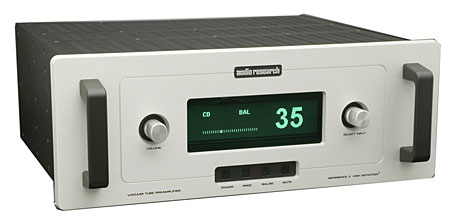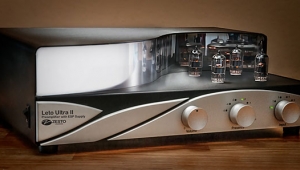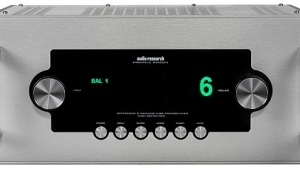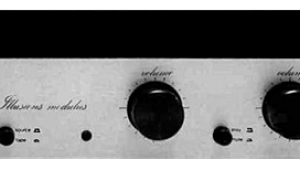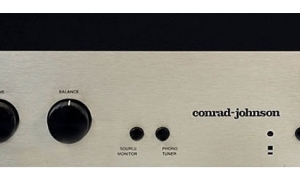| Columns Retired Columns & Blogs |
My own example sounds absurdly clear, has some warmth (not sterile sounding) and the most remarkable characteristic is that it drags NO BAGGAGE along with it sonically.
There is no extra chuffiness or weight or bulk to notes.
The note sound clean and holographic without any blur to it at all.
Shockingly clear without any wooliness at all.
It sounds weird at first.
Then you realize all the dreck is missing and only notes remain.
Close your eyes and you get it.
It sounds so good you almost don't know how to process the sound!
That's why it helps to close your eyes!
I am an retired high end salesman.
Let me put it this way--my box speakers (Harbeths) now sound like stat panels!
They got FASTER!
That's what this preamp does to sounds.
I would recommend it to be matched with systems that can be tuned to show off its lean clean fast as heck presentation.
Once I adjusted the bass output to match its somewhat leaner presentation (I use four subs) it really sounded full and revealed tons of new detail.
It might possibly sound too lean with some setups so pay attention to synergy and match this piece to slightly warm stuff for best results.
It is not really lean in temperament---the warmth and fullness is there but it has to be coaxed out a bit to show it off.
Adjustable subs help a lot!
What an amazing fun piece of gear!
Oh by the way pay attention to tube hours on this one.
The power tubes wear out fast at around 1000 hours according to users.
The main tubes last for twice that or more.
Changing the tubes restores fullness.
A used set will make the unit sound pretty dry and tired.
With new ones it really gets fresh and alive in your face!
